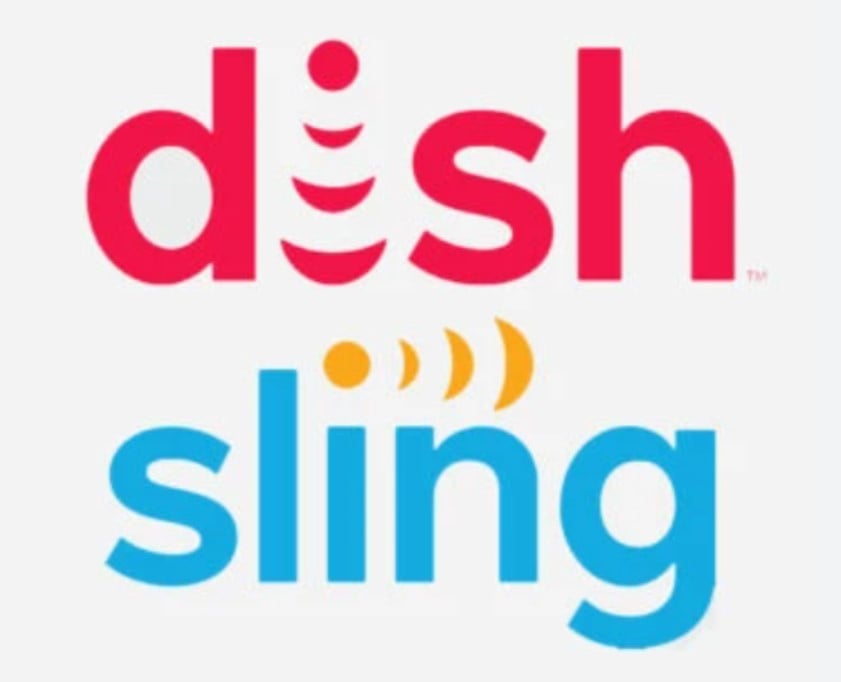
T-Mobile CEO Mike Sievert is putting – what else? – a positive spin on Dish Network’s decision to jump off T-Mobile’s network and onto AT&T’s network as part of a longer-term MVNO deal to serve Boost Mobile and other customers.
Under the government’s remedy in the T-Mobile/Sprint merger, T-Mobile was to be the network provider to Dish and its Boost subscribers for up to seven years. That is, until T-Mobile informed Dish that it was going to shut down Sprint’s CDMA network in January 2022. Dish didn’t like that turn of events and forged a new MVNO agreement with AT&T; that deal was announced earlier this month.
Sievert reminded everyone during T-Mobile’s second-quarter earnings call on Thursday that its deal with Dish was brokered via the government’s intervention. While acknowledging that “everybody knows this,” he said the arrangement with Dish is a product of a merger remedy package, and it “wasn’t something that we looked at in our business plan and had built in originally. We planned to operate the Boost business, so it was part of a remedy package, and in that sense, we were sort of thrust together and had to negotiate this.”
AT&T’s agreement with Dish is for a longer term, so Dish will get more time to build out its own 5G network before moving customers over. But Sievert said he wasn’t privy to the interactions between Dish and AT&T.
However, “I’m very immersed in the interactions we’ve had with Dish,” he said, noting that the whole idea behind the remedy package was to get Dish to build its own network as fast as possible and move its revenues and customers onto its own network. That was always the intention.
RELATED: T-Mobile adds 260,000 net postpaid accounts in Q1 2021
T-Mobile CFO Peter Osvaldik said the revenue that T-Mobile was counting on from Dish was already less than $2 billion on an annual basis in 2021. Again, “because we assumed Dish would be a successful competitor and would build out their own facilities and take customers off, that was already reflected as a decrease in the run rate,” he said.
Sievert also noted that T-Mobile is reiterating every aspect of its five-year plan, both in the medium term and long term that were communicated earlier this year.
Dish’s move off T-Mobile’s network faster than originally planned will open up opportunities, he said. T-Mobile will immediately get more capacity to devote to services like home broadband, so there’s an opportunity to move faster there. On the enterprise side, it’s free to bring on new wholesale partners or double down on its existing ones. “This is something that ultimately when we look at it, we’re not really that displeased,” he said.
Leveraging the mid-band advantage
One of the big areas of emphasis for T-Mobile is how fast and wide it can deploy the 2.5 GHz mid-band spectrum that it acquired from Sprint. That’s giving it a big head start over AT&T and Verizon, both of which are lacking on a bid mid-band push and won’t get hold of their pricey C-band spectrum until later this year.
T-Mobile currently covers 165 million people with its Ultra Capacity 5G, which refers to the mid-band portion. T-Mobile’s Extended Range 5G uses the lower band 600 MHz band, and that already covers more than 305 million people.
T-Mobile President of Technology Neville Ray said he’s confident the company will reach the year-end goal of 200 million people covered with Ultra Capacity, which would equate to a nationwide claim. That’s well ahead of both AT&T and Verizon.
Between them, they have 100 megahertz of C-band; Verizon with 60 MHz and AT&T with 40 MHz. “So when you compound the footprint and the spectrum available, obviously we have a massive lead,” he said.
While AT&T and Verizon will be aiming to get their C-band spectrum deployed in the intervening years, T-Mobile will get its C-band spectrum as well, and its goal is to be at 300 million covered PoPs by the end of 2023 and to double that spectrum position from 100 megahertz of mid-band to 200 megahertz.
T-Mobile’s results were generally welcomed by investment analysts. The company raised its guidance in every category, and its growth opportunities in rural and business wireless should be well understood, said MoffettNathanson analyst Craig Moffett.
“The combination of lowest industry prices and best network is a powerful one; we expect that they will not only close the gap in their under-indexed opportunities – that alone should be enough to meet their long-term growth targets – but also raise the bar for market share everywhere else, as well (particularly in suburban),” Moffett said. “T-Mobile is, uniquely, not only growing subscribers, but accounts as well; in the quarter, post-paid accounts were up 3.4% YoY. They aren’t just adding free or discounted lines to existing family plans.”
"dish" - Google News
July 30, 2021 at 11:46PM
https://ift.tt/3rJAbH0
Dish's switch to AT&T MVNO doesn't mess with T-Mobile's plans: CEO - FierceWireless
"dish" - Google News
https://ift.tt/2MXZLF4

No comments:
Post a Comment